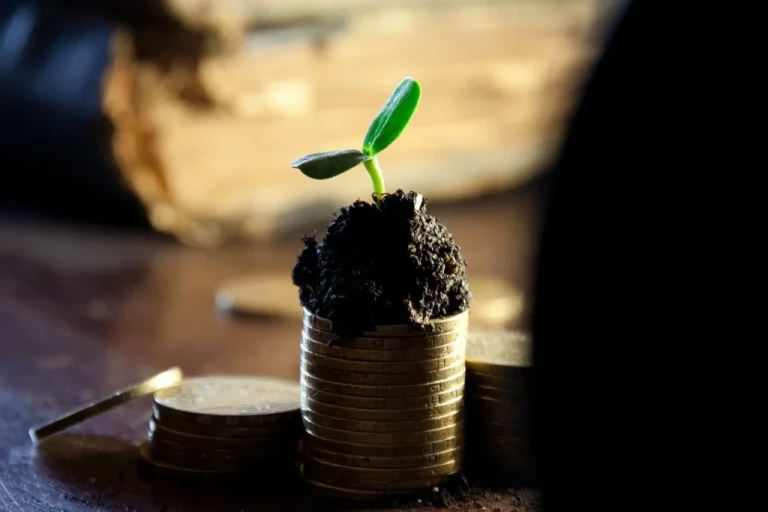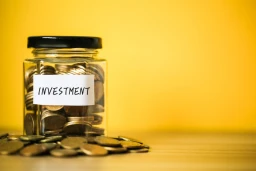What is Dividend? How does it work?

A dividend is a distribution of profits made by a company to its shareholders. If you are an investor, you may have come across this term before. But how exactly does it work? And what are the benefits of receiving dividends? Read on to find out!
What is Dividend?
A dividend is a distribution of a company’s earnings to its shareholders. Dividends can be paid in cash or in shares of stock, and are typically paid out quarterly.
Dividends are one way that companies can return value to their shareholders. They are declared and paid by the board of directors, and the amount of the dividend is typically based on the company’s earnings and profitability.
Dividends are not guaranteed, and they can be increased, decreased, or suspended at any time by the board of directors. However, once a dividend is declared, it is generally paid out on a set schedule.

How are Dividends paid on Stocks?
Dividends are typically paid out four times a year, and the exact date depends on the company. For most companies, the dividend is paid on the last day of the quarter. For example, if a company’s fiscal year ends on December 31st, then its dividend would be paid out on March 31st, June 30th, September 30th, and December 31st.
Dividends are not guaranteed, and the board of directors can change the amount of the dividend at any time. However, once a dividend is declared, shareholders generally have a right to receive payment.
The amount of the dividend is based on the board of directors declaring a dividend per share. For example, if a company has a share price of $100 and declares a $0.50 dividend per share, then each shareholder would receive $0.50 for each share they own. If you own 1,000 shares of that company, you would receive $500 in dividends.
Dividends are typically paid in cash, but they can also be paid in stock. When a company pays dividends in stock, it’s called a scrip dividend. Scrip dividends are less common because they can be complicated to administer and they can create issues with double taxation (the shareholders would be taxed on the dividends when they received them and then again when they sold the shares).
What are the types of Dividends paid?
There are two types of dividends that can be paid out to shareholders: cash dividends and stock dividends.
Cash dividends are the most common type of dividend and are paid out in the form of cash or checks. Cash dividends are usually paid out quarterly, but can also be paid monthly, annually, or on an as-needed basis.
Stock dividends, on the other hand, are paid out in the form of additional shares of stock. Stock dividends are typically paid out monthly or quarterly. When a company pays a stock dividend, the number of shares each shareholder owns increases, but the value of each share does not change.
What is the difference between Dividend and Share?
The dividend is a distribution of a company’s earnings to shareholders. It is typically paid out quarterly. A shareholder must be a part-owner of the company in order to receive dividends.
On the other hand, a share is simply a unit of ownership in a company. Anybody can buy shares in a company, whether they own part of the company or not.
How to claim a Dividend?
Dividends are payments made by a company to its shareholders. They are usually paid out of the company’s profits and are usually paid quarterly.
If you own shares in a company that pays dividends, you may be wondering how to claim them. Here is a brief guide:
1. Check your dividend payment date. This will be listed on the company’s website or in its annual report.
2. Make sure you have your shareholder reference number handy. This can be found on your share certificate or in correspondence from the company.
3. Contact the company’s registrars to request a dividend payment form.
4. Once you have received the form, fill it in and return it to the registrars along with a copy of your share certificate or other proof of ownership.
5. The registrars will then process your request and arrange for the dividend to be paid into your bank account.
What is a good Dividend per share?
A good dividend per share is one that is high enough to give shareholders a decent return on their investment, but not so high that it would be unsustainable for the company to continue paying out. The ideal dividend per share is therefore a balance between these two extremes.
There are a number of different factors that can affect the dividend per share, such as the company’s overall profitability, its cash flow situation, and the level of its debt. The Board of Directors will usually take all of these into account when setting the dividend per share.
One other important factor to consider is the company’s dividend history. If a company has consistently paid out high dividends, then shareholders will expect this to continue in the future. On the other hand, if a company has only recently started paying dividends, or has erratic dividend payments, then shareholders may be less likely to expect high dividends in the future.
Are Dividends taxed?
How much tax you pay on your dividends depends on how much income you have from other sources. For example, if you earn $50,000 from your job and $5,000 in dividends, you’ll be in a lower tax bracket than someone who only earns $60,000 in total. That means you’ll pay a lower percentage of tax on your dividends.
The tax rate on dividends also depends on the type of dividend. There are two types: qualified and ordinary. Qualified dividends are taxed at the long-term capital gains tax rate, which is 0%, 15%, or 20% for most people. Long-term capital gains are profits from selling investments that you hold for more than a year. Ordinary dividends are taxed at your marginal tax rate, which ranges from 10% to 39.6%.









